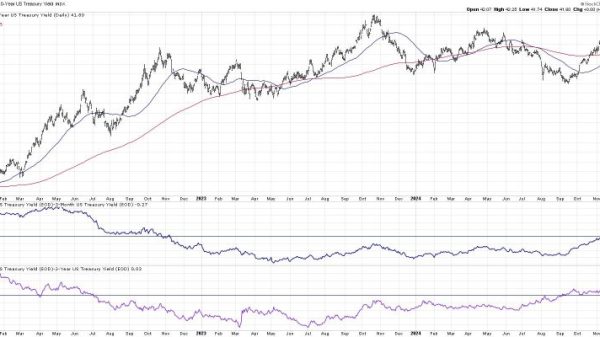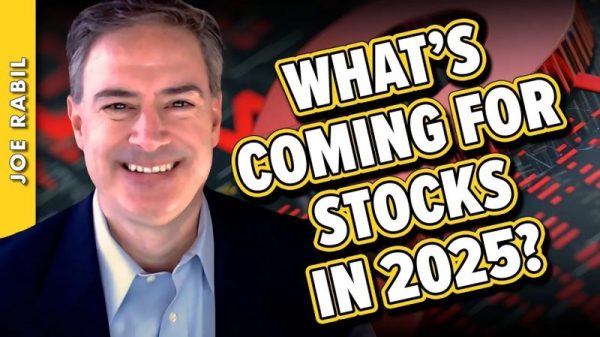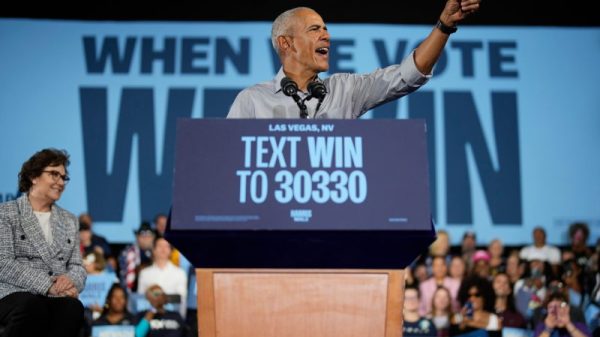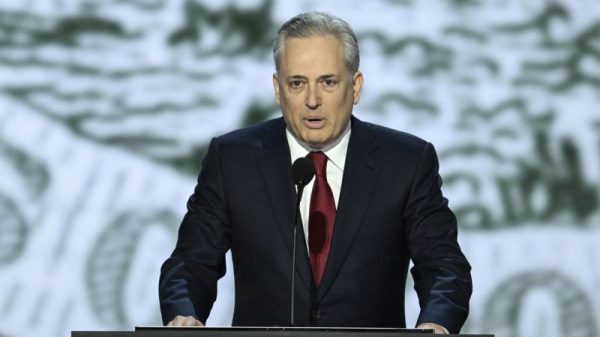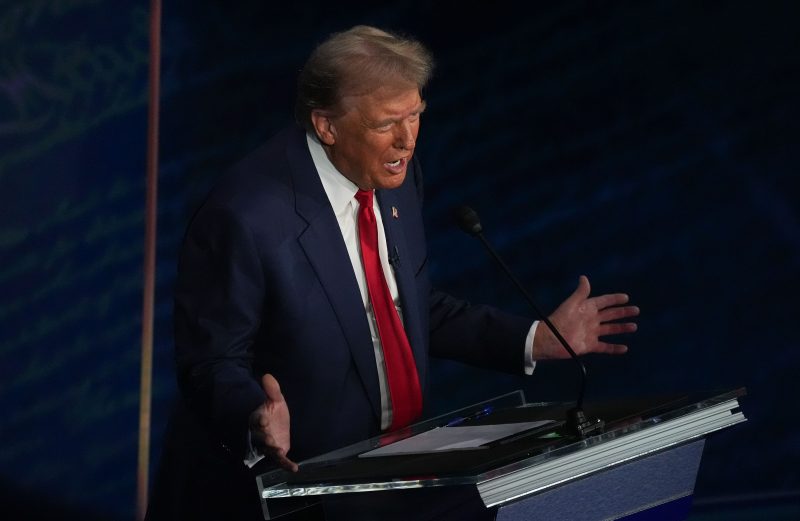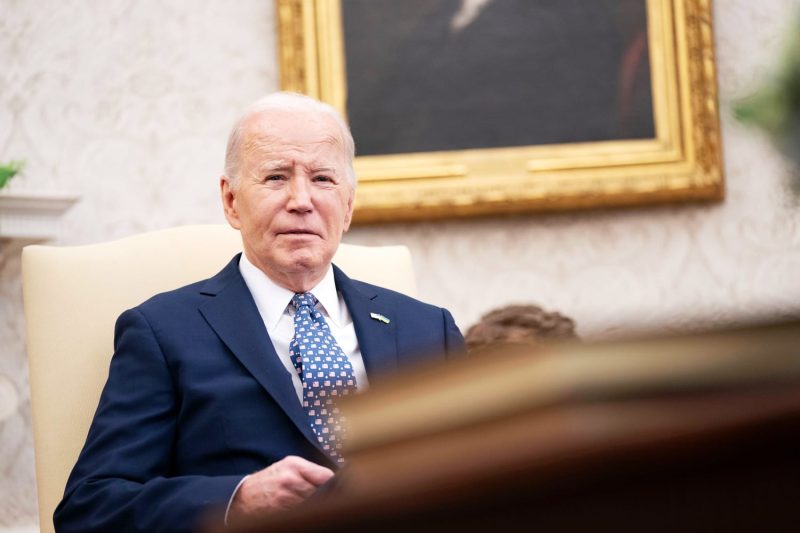In recent months, there has been a growing focus on former President Donald Trump’s handling of his plan concept during his time in office. The perceived fumbles and shortcomings in Trump’s planning processes have garnered significant attention and scrutiny from both the media and the public. While many have criticized Trump’s approach to strategic planning, some argue that the situation is far worse than it appears on the surface.
One key aspect of Trump’s planning approach that has come under fire is the lack of detail and substance in his proposed plans. Trump’s tendency to rely on broad, sweeping statements rather than concrete, actionable strategies has raised concerns about the feasibility and effectiveness of his plans. Critics argue that without clear, specific objectives and implementation steps, Trump’s plans were doomed to fail from the start.
Furthermore, Trump’s inconsistent messaging and frequent reversals of course have made it difficult for stakeholders to understand and support his proposed plans. The shifting nature of Trump’s statements and policies created confusion and uncertainty, undermining any sense of credibility or coherence in his planning efforts. This lack of consistency eroded trust and confidence in Trump’s ability to follow through on his promises and commitments.
Another significant criticism of Trump’s planning style is his apparent disinterest in seeking input and feedback from experts and stakeholders. By relying primarily on his own instincts and opinions, Trump limited the diversity of perspectives and expertise that could have informed his plans. This insular approach may have contributed to the shortcomings and blind spots in Trump’s planning efforts, as he failed to leverage the valuable insights and knowledge of those outside his inner circle.
Moreover, the rushed and haphazard nature of many of Trump’s planning initiatives has raised questions about the level of thought and analysis that went into their development. Trump’s preference for impulsive, ad hoc decision-making may have led to ill-conceived and hastily executed plans that were not thoroughly vetted or tested for feasibility. This disregard for thorough planning and preparation may have contributed to the high failure rate of Trump’s initiatives.
In light of these criticisms, it is clear that Trump’s concepts of a plan were deeply flawed and ill-suited to the demands of effective governance. His lack of detail, inconsistency, insularity, and impulsiveness all contributed to the shortcomings and failures of his planning efforts. Moving forward, it is crucial for leaders to learn from Trump’s mistakes and prioritize thoughtful, inclusive, and well-structured planning processes to achieve meaningful results and address complex challenges.



